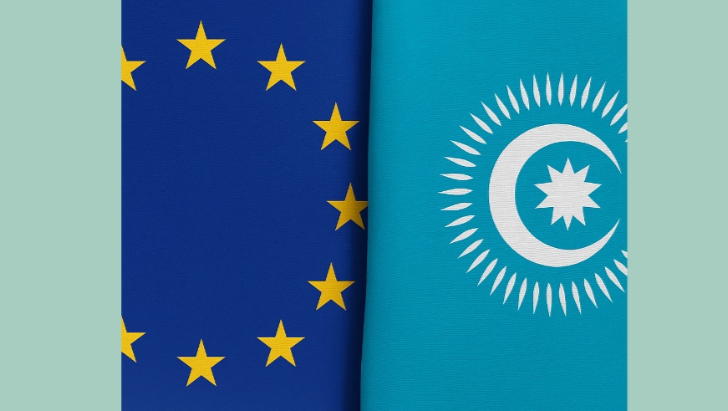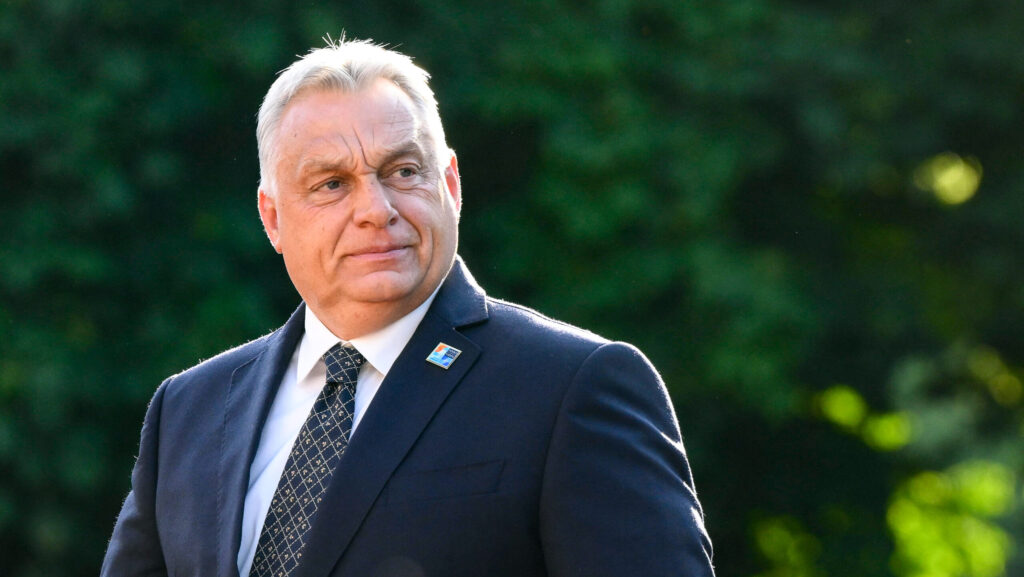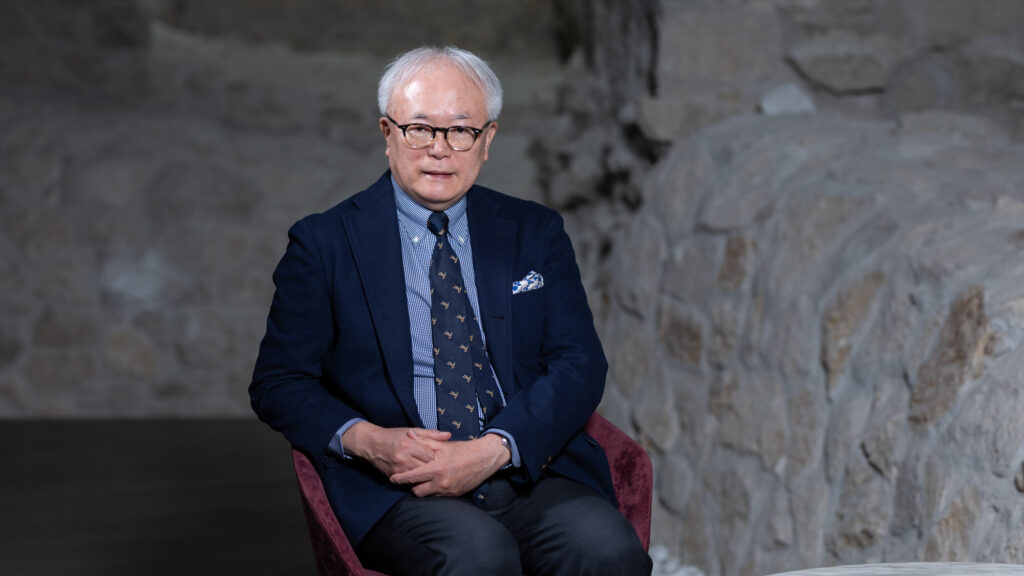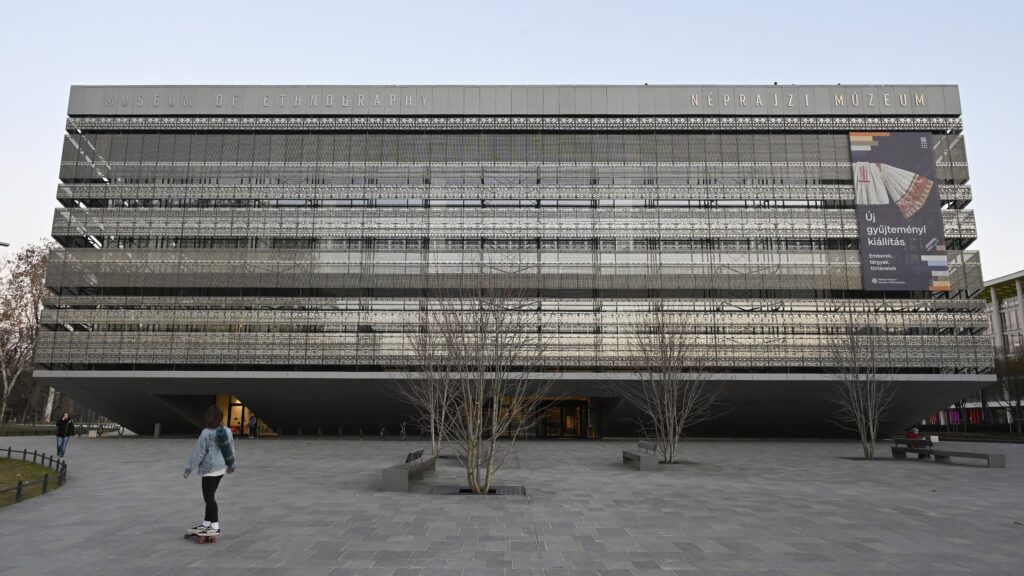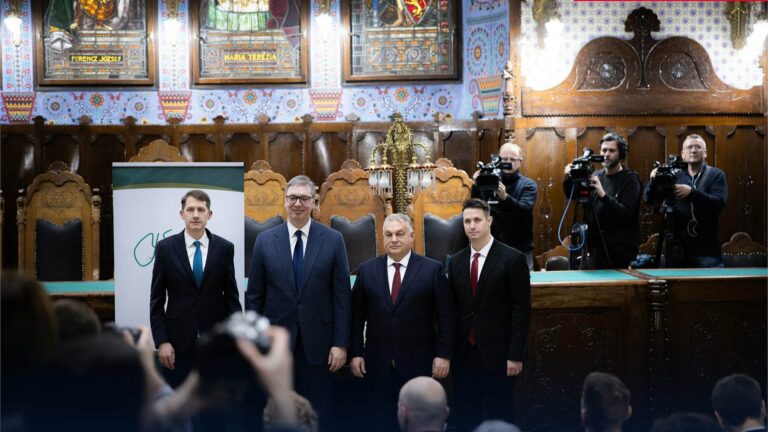The following is a translation of an article written by János Matuz, a research fellow at the Europe Strategy Institute of the University of Public Service, originally published on the Five Minutes Europe blog of Ludovika.hu.
Participation of the Turkic States in Direct EU Programmes
The question posed in the title can typically be answered precisely by looking at the size and characteristics of mutual foreign trade, the volume of direct capital investments, tourism data, the volume of jointly financed projects, and other similar economic indicators that can be measured accurately and vary from year to year.
EU exports to Türkiye (2024): €112 billion, imports: €98.4 billion, which represents roughly 41–32 per cent of Türkiye’s total foreign trade, making the EU Türkiye’s most important trading partner. Conversely, Türkiye is currently the EU’s seventh most important trading partner, accounting for approximately 3.6–4 per cent of the EU’s total foreign trade. Around 12 per cent of trips abroad by EU citizens were to Türkiye, which was among the most popular non-EU destinations, ranking third.
The above data confirm our general view that the answer to the question posed in the title is ‘very important’ in relation to these two neighbouring regions. This provides further reason to examine the situation regarding the participation of Türkiye and the Turkic States in EU programmes.
According to DG BUDGET data for the three years between 2021 and 2023, Türkiye received €2.687 billion in direct EU aid, accounting for 97.44 per cent of the aid flowing into the Organization of Turkic States. (By comparison, Hungary received €1 billion in direct EU funding during the same period.) The participation of the other members, namely Kyrgyzstan, Kazakhstan, Uzbekistan, and Azerbaijan, as well as Turkmenistan, which has been participating as an observer since 2021, in these projects is negligible.
| Beneficiary State | Direct EU Aid (million €) | per cent |
| Türkiye | 2,687.32 | 97.44 |
| Kyrgyzstan | 33.46 | 1.21 |
| Kazakhstan | 28.02 | 1.02 |
| Uzbekistan | 5.22 | 0.19 |
| Azerbaijan | 3.51 | 0.13 |
| Turkmenistan | 0.52 | 0.02 |
| TOTAL | 2,758.05 | 100.00 |
If we examine further which programmes this €2.6 billion comes from, we can see that 13 of the 40 EU programmes account for this amount, of which the Instrument for Pre-Accession Assistance (IPA), the NDICI supporting cross-border projects, Erasmus+, which promotes educational exchange programmes, and Horizon Europe, which supports research and development. These four programmes account for more than 96 per cent of the aid to Türkiye, totalling €2,603 million out of €2,687 million.
| Name of Direct EU Programme | Direct EU Aid (million €) | |
| 1 | 6.0.21 – Pre-Accession Assistance (IPA III) | 1095.83 |
| 2 | 6.0.111 – Neighbourhood, Development and International Cooperation Instrument – Global Europe (NDICI – Global Europe) | 958.14 |
| 3 | 2.2.32 – Erasmus+ | 355.05 |
| 4 | 1.0.11 – Horizon Europe | 194.62 |
| 5 | 2.2.24 – Union Civil Protection Mechanism (RescEU) | 52.28 |
| 6 | 2.2.33 – European Solidarity Corps (ESC) | 18.23 |
| 7 | 1.0.31 – Single Market Programme (incl – SMEs) | 7.12 |
| 8 | 2.2.13 – Support to the Turkish-Cypriot Community | 4.39 |
| 9 | 3.2.21 – Programme for Environment and Climate Action (LIFE) | 0.61 |
| 10 | 2.2.2SPEC – Actions financed under the prerogatives of the Commission and specific competences conferred to the Commission | 0.47 |
| 11 | 2.2.3SPEC – Actions financed under the prerogatives of the Commission and specific competences conferred to the Commission | 0.20 |
| 12 | 3.2.13 – European Maritime, Fisheries and Aquaculture Fund (EMFAF) | 0.20 |
| 13 | 6.0.1SPEC – Actions financed under the prerogatives of the Commission and specific competences conferred to the Commission | 0.02 |
| 14 | 1.0.221 – Connecting Europe Facility (CEF) – Transport | 0.00 |
| 15 | 11th European Development Fund (EDF) | 0.00 |
| 16 | 10th European Development Fund (EDF) | 0.00 |
| 17 | 6.0.14 – Overseas Countries and Territories (OCT) (including Greenland) | 0.00 |
| TOTAL | 2,687.16 |
If we analyze further which specific projects receive EU support, we can see that seven of the top ten projects are migration-related, with a total value of €1.5 billion.
| Name of Beneficiary (in Turkish and English) | Direct EU Aid (€) | Programme | Project Title | |
| 1 | TURKIYE CUMHURIYETI* REPUBLIC OF TURKIYE | 400,000,000 | 6.0.111 – NDICI – Global Europe | SOCIAL SAFETY NET TO REFUGEES IN TÜRKIYE (SSN) |
| 2 | TURKIYE CUMHURIYETI* REPUBLIC OF TURKIYE | 300,000,000 | 6.0.111 – NDICI – Global Europe | PROMOTING INCLUSIVE EDUCATION FOR KIDS IN THE TURKISH EDUCATION SYSTEM+ (PIKTES+) |
| 3 | TURKIYE CUMHURIYETI* REPUBLIC OF TURKIYE | 210,000,000 | 6.0.21 – IPA III | SUPPORTING MIGRANT HEALTH SERVICES IN TÜRKIYE – SIHHAT III |
| 4 | TURKIYE CUMHURIYETI* REPUBLIC OF TURKIYE | 210,000,000 | 6.0.111 – NDICI – Global Europe | CONDITIONAL CASH TRANSFER FOR EDUCATION IV (CCTE) |
| 5 | TURKIYE CUMHURIYETI* REPUBLIC OF TURKIYE | 150,000,000 | 6.0.21 – IPA III | SOCIAL SAFETY NET TO REFUGEES IN TÜRKIYE (SSN) |
| 6 | TURKIYE CUMHURIYETI* REPUBLIC OF TURKIYE | 141,000,000 | 6.0.21 – IPA III | SOCIAL SAFETY NET TO REFUGEES IN TÜRKIYE (SSN) |
| 7 | TURKIYE CUMHURIYETI* REPUBLIQUE TURQUE REPUBLIC OF TURKEY | 107,880,000 | 6.0.21 – IPA III | ANNUAL ACTION PROGRAMME FOR TURKEY FOR THE YEAR 2020 – OBJECTIVE 1 |
| 8 | TURKIYE CUMHURIYETI* REPUBLIC OF TURKIYE | 90,000,000 | 6.0.21 – IPA III | SOCIAL SAFETY NET TO REFUGEES IN TÜRKIYE (SSN) |
| 9 | AVRUPA BIRLIGI EGITIM VE GENCLIK PROGRAMLARI MERKEZI BASKANLIGI* THE CENTER FOR THE EU EDUCATION AND YOUTH PROGRAMM ABEGPM | 88,888,035 | 2.2.32 – Erasmus+ | 2023 – CONTRIBUTION AGREEMENT OF THE ERASMUS+ PROGRAMME – NATIONAL AGENCY IN TURKEY |
| 10 | AVRUPA BIRLIGI EGITIM VE GENCLIK PROGRAMLARI MERKEZI BASKANLIGI* THE CENTER FOR THE EU EDUCATION AND YOUTH PROGRAMM ABEGPM | 83,952,889 | 2.2.32 – Erasmus+ | 2022 – CONTRIBUTION AGREEMENT OF THE ERASMUS+ PROGRAMME – NATIONAL AGENCY IN TURKEY |
In summary, when examining the relationship between the EU and Türkiye, as well as the EU and the Turkic States, through direct EU programmes, the issue of migration is currently the most important one, to which the EU allocates the most resources. This is followed by Erasmus+ (educational exchange programmes) and Horizon Europe (research and development), but we are confident that in the future, the Single Market Programme (SMP) and the LIFE programme will also start to grow in this region.
Related articles:
Click here to read the original article.

